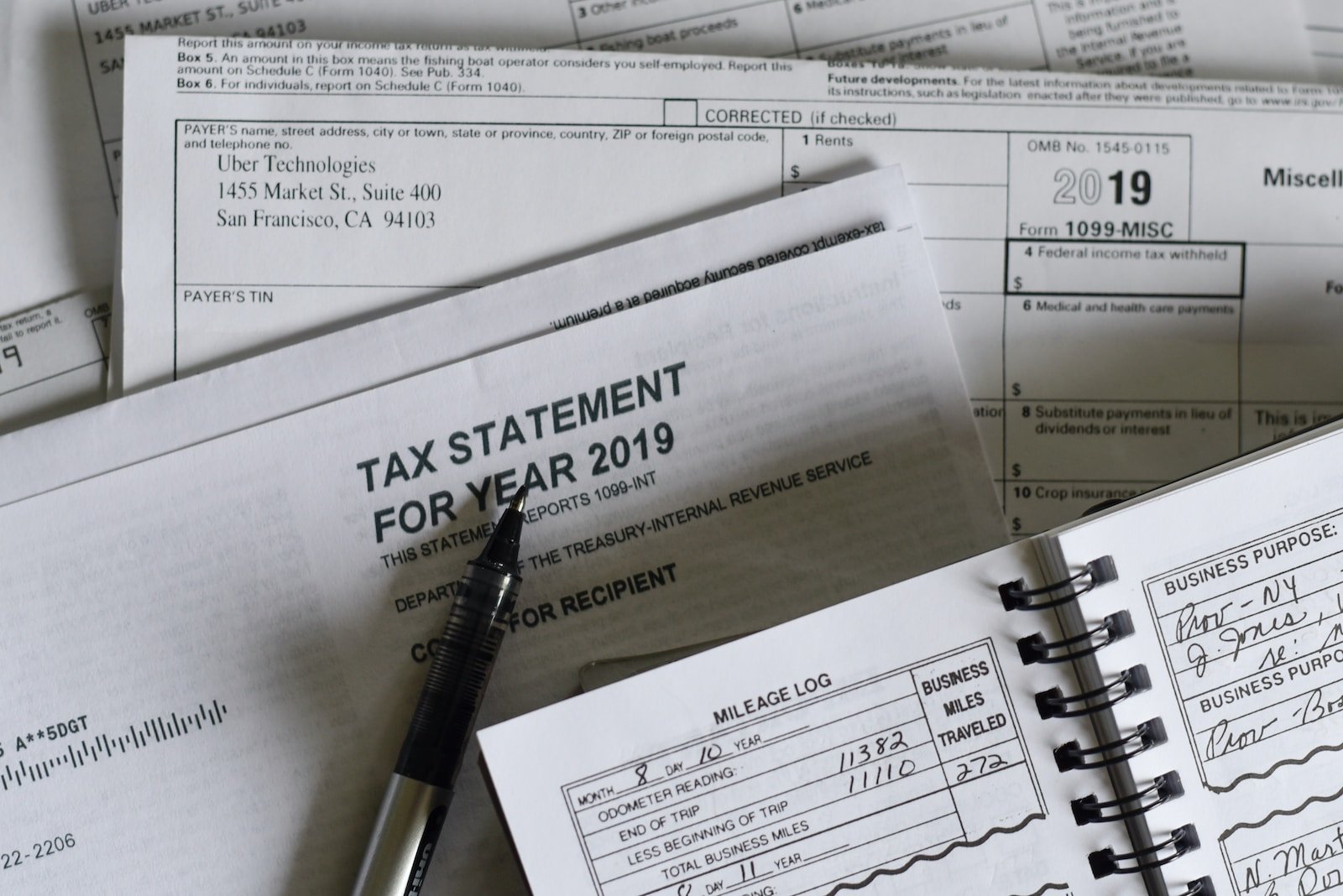The Internal Revenue Service (IRS) has recently announced an increase in the contribution limits for 401(k) plans in 2024, along with minor adjustments to catch-up contributions. This move is aimed at providing individuals, especially those in their 50s, with enhanced opportunities to boost their tax-advantaged retirement savings.
Tax-Advantaged Retirement Accounts and Catch-Up Contributions
Jonathan Lee, senior portfolio manager at U.S. Bank Wealth Management, explains the significance of tax-advantaged retirement accounts in allowing assets to grow without typical tax friction experienced in regular brokerage accounts. He likens it to a race, where contributions act as the runner overcoming hurdles represented by taxes on capital gains and dividends. Individuals in the 50-plus demographic benefit from contributing more money to tax-advantaged accounts as they approach retirement.
Quantifying Catch-Up Benefits
Lee quantifies the catch-up benefit for an Individual Retirement Account (IRA), where an additional $1,000 contributed annually, growing at a 7% rate year-over-year, results in substantial additional retirement savings over different periods. This underscores the importance of catch-up contributions for those closer to retirement.
Financial Goals Achieved and Tax Implications
Investors in their 50s may have achieved other financial goals, such as supporting children through college or paying off a mortgage. Lee suggests that the additional $1,000 in newfound savings can serve as a catch-up contribution to an IRA, providing further momentum towards retirement goals. Additionally, making additional pre-tax contributions to workplace savings plans or tax-deductible contributions to an IRA can lead to lower taxable income, potentially reducing tax bills.
Spousal IRAs and Contribution Limits
Lee notes that the IRS permits a spouse without income to fund an IRA, provided they file a joint tax return with the income-earning spouse. This “Spousal IRA” allows non-working spouses to save more in 2024, as the same annual contribution limits apply to Spousal IRAs as any other IRA.
Leveraging Compound Interest and Automation
Emily Irwin, senior director of advice and planning for Wells Fargo, emphasizes the advantage of catch-up contributions for individuals in their 50s, who are often in their highest earning years. Leveraging compound interest by contributing the maximum annual amount starting at age 50 can significantly impact retirement savings by the time of retirement at age 65.
IRS Announces Inflation Adjustments
The report concludes by mentioning that the IRS has announced higher inflation adjustments for the 2024 tax year, with tax brackets shifting higher by about 5.4%. These adjustments aim to prevent bracket creep, where taxpayers are pushed into higher-income brackets due to inflation. Higher thresholds could result in savings for workers across all income brackets.
As individuals navigate their retirement planning, the increased contribution limits and catch-up opportunities underscore the importance of proactive financial strategies to secure a comfortable retirement.
Download our app MadbuMax on the Apple App Store for the latest news and financial tools. Interested in getting your finances in order do not forget to check Dr. Paul Etienne’s best-seller book on personal finance. To access more resources, tools, and services please click here. Also, do not forget to follow Dr. Etienne on IG or Twitter.



